74-foot asteroid to fly past Earth today; NASA reveals speed, size and more
An Aten group asteroid designated as Asteroid 2023 WJ1 is expected to pass Earth by a close margin today, November 22. Know details such as speed, size, distance, and more, as per the space agency.
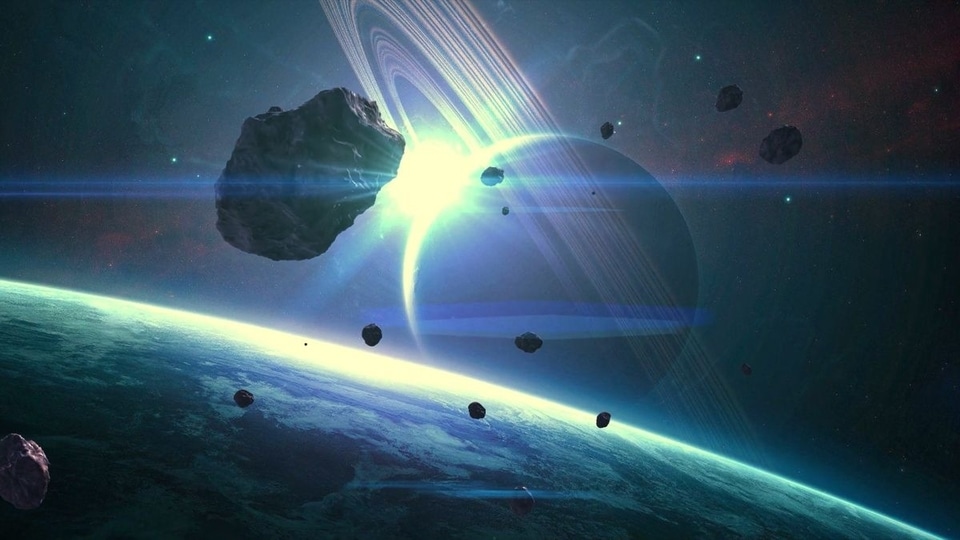
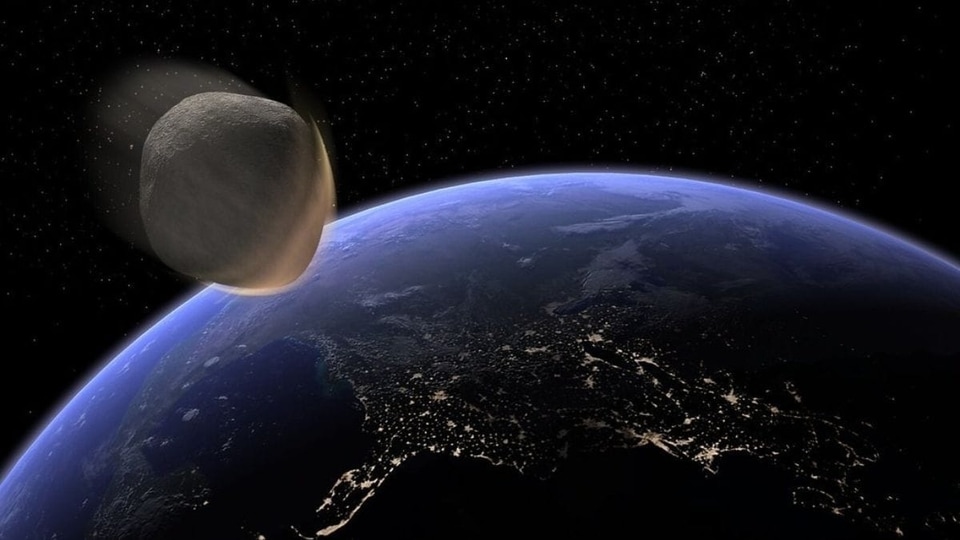
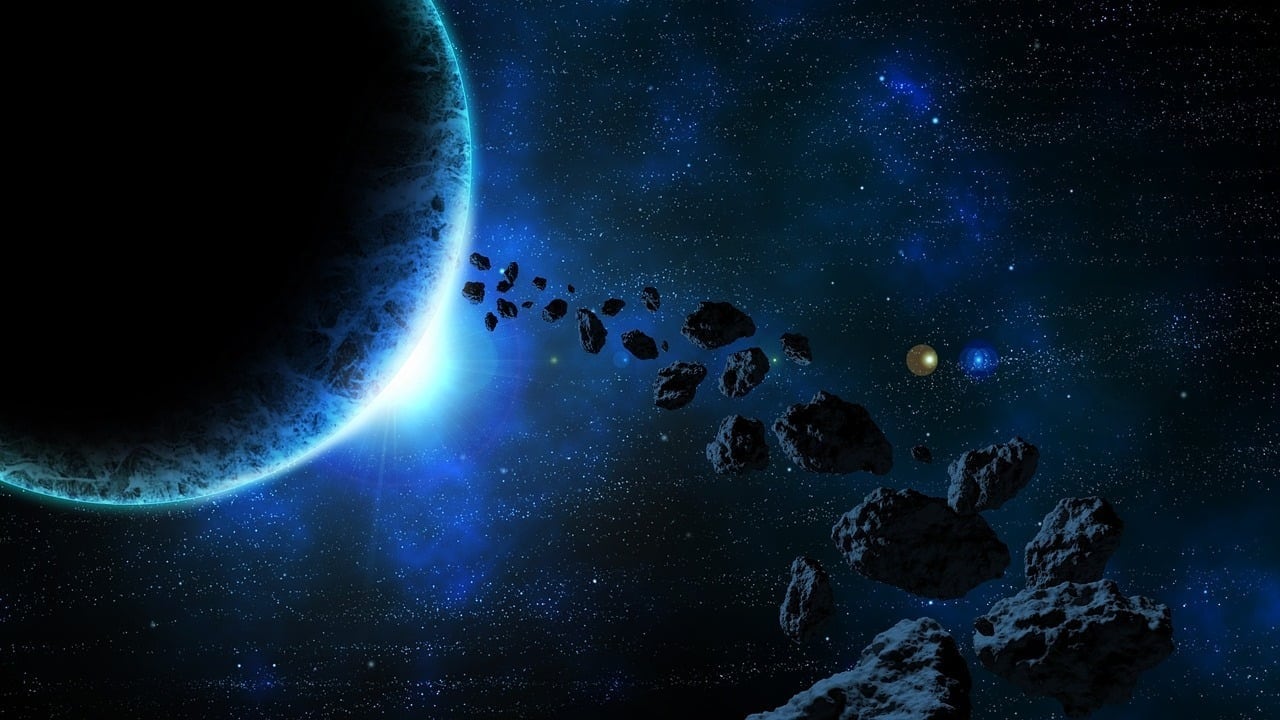
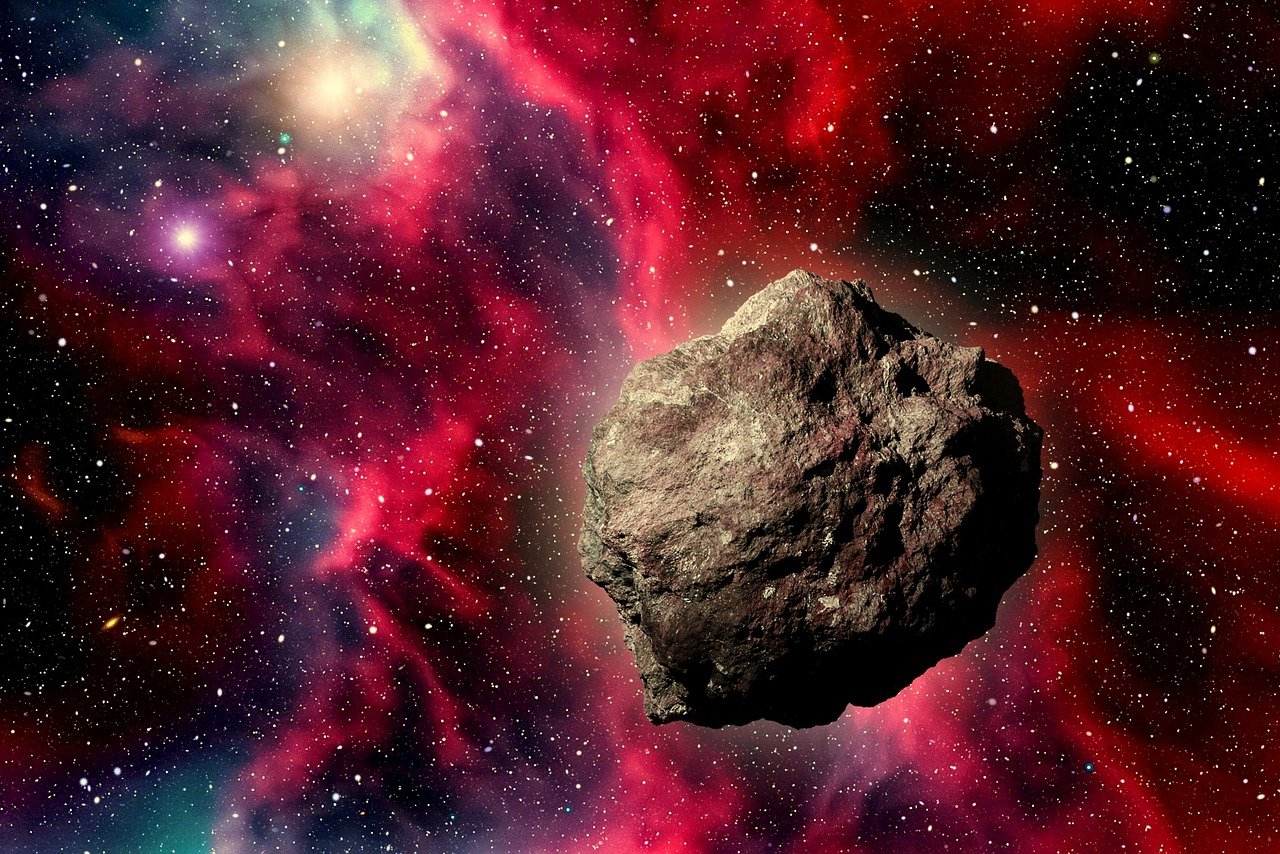

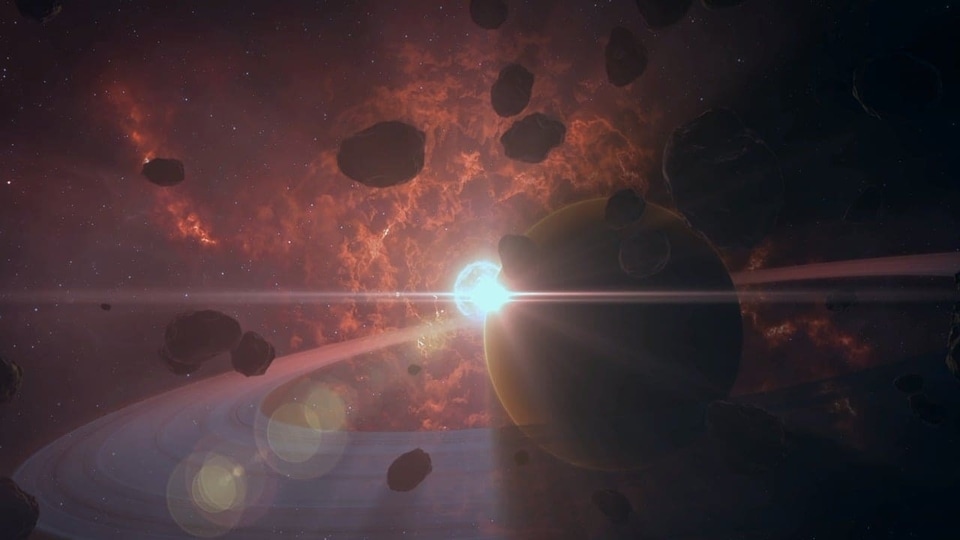
 View all Images
View all ImagesNASA defines asteroids as ancient space rocks left over from the early formation of the solar system about 4.6 billion years ago. To discover and study these space rocks, NASA has a suite of advanced ground and space-based telescopes. This not only helps them to keep an eye on these asteroids and conduct studies but also helps minimize the uncertainties around their close approaches. With its advanced tech, the space agency has shed light on an asteroid that is expected to pass by Earth today, November 22.
Asteroid 2023 WJ1: Close approach details
As per the Center for Near-Earth Object Studies (CNEOS), an asteroid, given the designation of Asteroid 2023 WJ1, is on its way toward Earth and is predicted to pass Earth by a close margin of 4.5 million kilometers. This near-Earth space rock is travelling in its orbit around the Sun at a breakneck speed of approximately 17792 kilometers per hour. It is important to note that while it has been termed as a Near-Earth Asteroid due to its close distance of passing, it is not expected to actually impact the planet.
NASA has revealed that Asteroid 2023 WJ1 belongs to the Aten group of asteroids, which are Earth-crossing Near-Earth Asteroids (NEAs) with semi-major axes smaller than Earth's. They are named after the asteroid 2062 Aten and the first of its kind was discovered by American astronomer Eleanor Helin at Palomar Observatory on January 7, 1976.
How big is the asteroid?
NASA has not been designated as a Potentially Hazardous Asteroid. Only celestial objects larger than 492 feet that pass Earth at a distance closer than 7.5 million kilometers are designated so, and Asteroid 2023 WJ1 does not fulfill one of these requirements. In terms of size, Asteroid 2023 WJ1 is almost 74 feet wide, making it almost as big as an aircraft.
Interestingly, this is not Asteroid 2023 WJ1's first close approach to Earth. The first time it passed Earth was on November 2, 1907, when it flew past the planet at a distance of nearly 28 million kilometers. After today, it is not expected to come close to the planet for nearly 16 years. The next time it will pass Earth will be on January 11, 2039, when it is expected to come as close as 32 million kilometers.
Catch all the Latest Tech News, Mobile News, Laptop News, Gaming news, Wearables News , How To News, also keep up with us on Whatsapp channel,Twitter, Facebook, Google News, and Instagram. For our latest videos, subscribe to our YouTube channel.




































